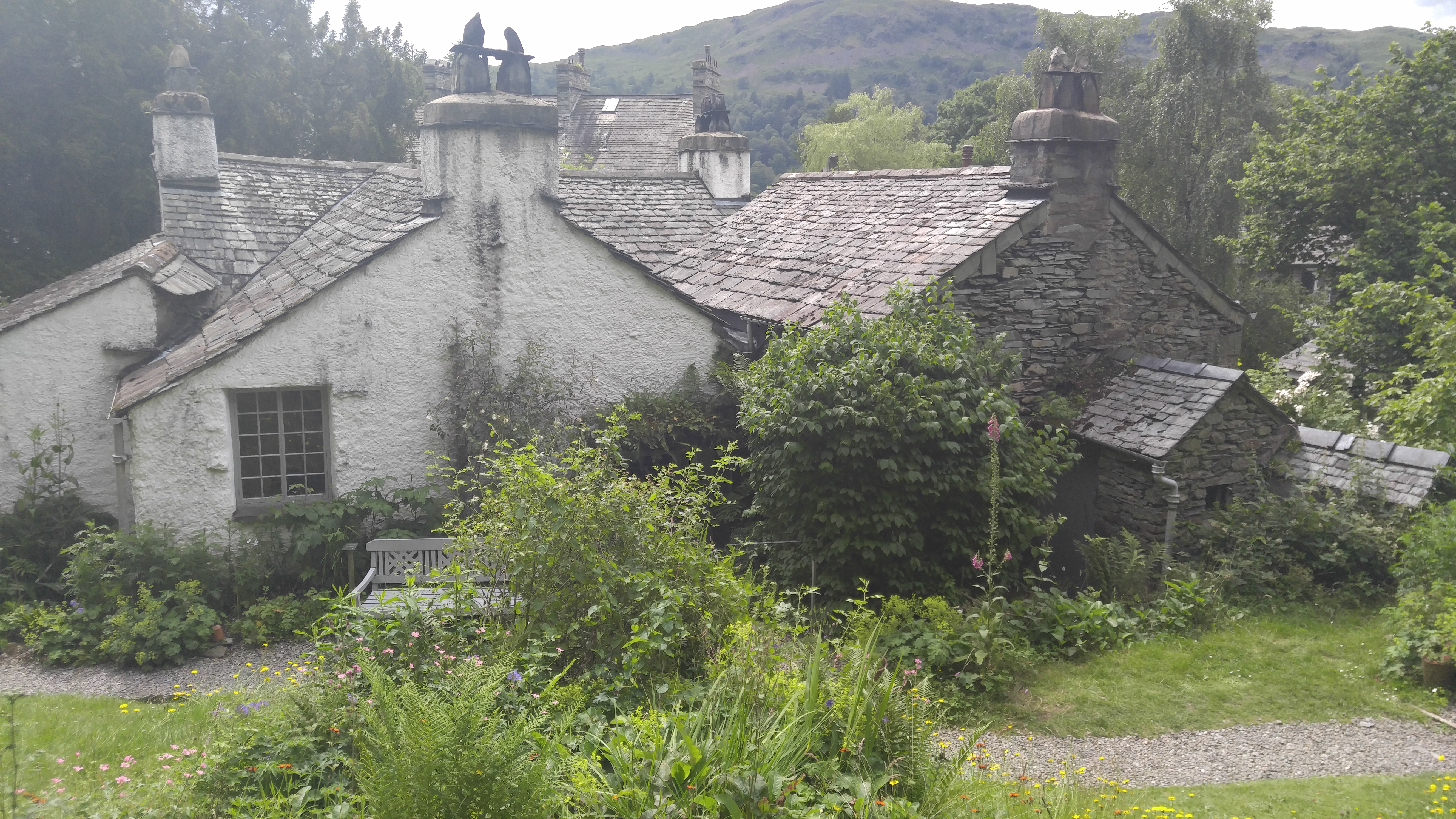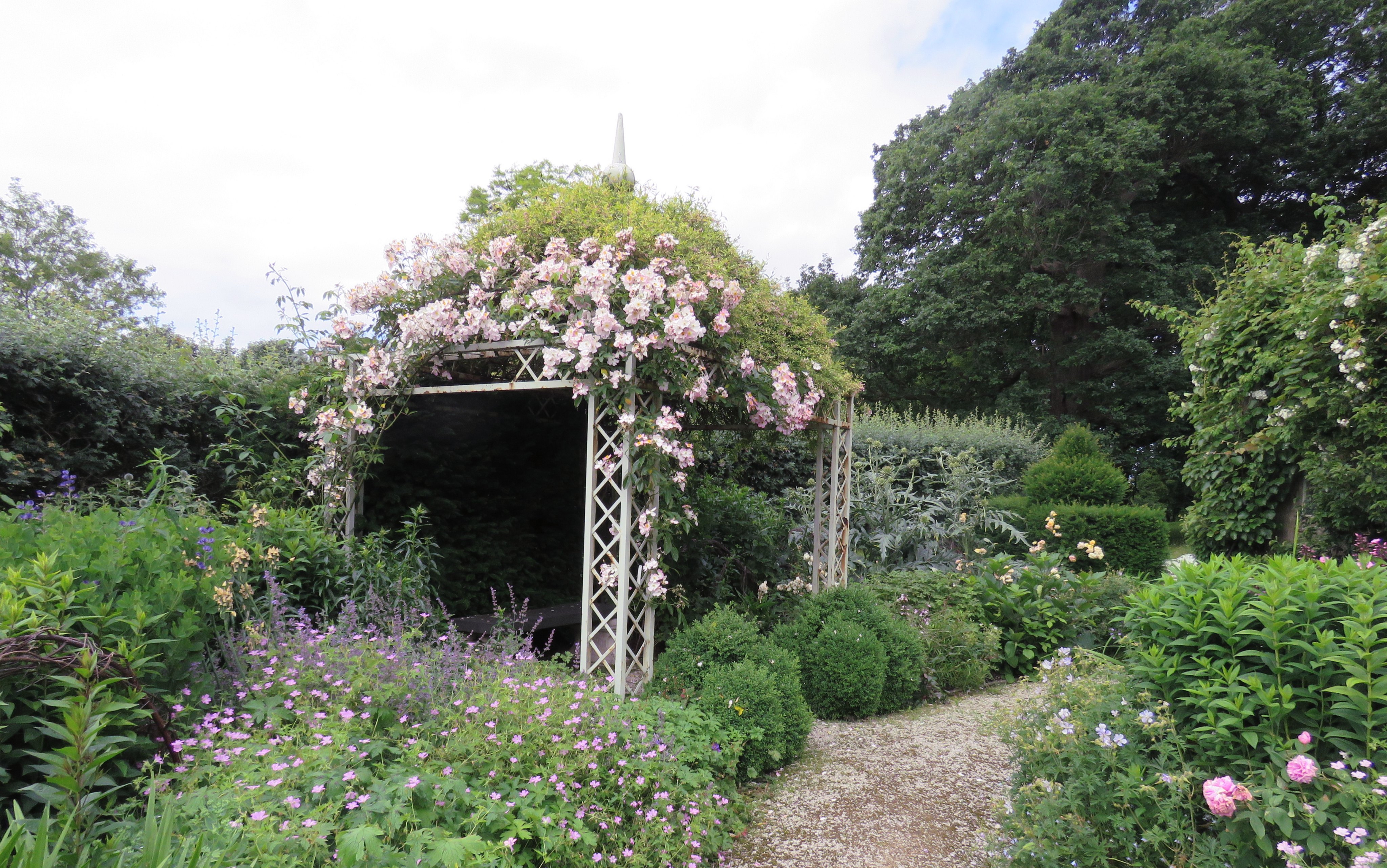The Japanese affair with Sakura goes back centuries. It is believed to have started in the Nara Period (710 – 794), but it was during the Heian Era (794 – 1183), Sakura was given a pride of place in the Japanese culture, alongside the chrysanthemum. An important fact of the Heian period was the establishment of the capital in Kyoto, where it would stay for the next 1,000 years.
The Heian period is considered a high point in Japanese culture. It was the Japanese Renaissance (aka Kokufu Bunka), a time when the country emerged from below the wing of China and established an identity as an independent nation. Sponsored by the Imperial House and the aristocracy, the Japanese arts, literature, poems, architecture, music, and any other form of human creativity expression of love and beauty, flourished and expanded.
 |
| Modelled in the Chinese capital of Chang'an, the new capital city Heian, or Kyoto was a masterpiece, built in a geometric grid with straight roads extending from north to south, east to west. |
The great unifier Toyotomi Hideyoshi was one of Sakura's staunch admirer. In 1594 he held a five-day hanami party for 5,000 in Nara Prefecture. Four years later, another hanami bash followed for 1,300 people at Kyoto’s Daigo Temple, where 700 cherry trees had been planted. An estimate of 490,000 cherry trees are planted today along roadsides throughout Japan. The attached image is a Hiroshige woodblock print of cherry blossoms with Mount Fuji in the backdrop. It belongs to the collection of Thirty-six Views of Mount Fuji (ca 1840).
 |
| Local people and tourists enjoying the "hanami" under sakura trees. Unfortunately, due to the spread of Covid-19, this scene will be severely reduced in 2020 |
The epic saga of the oldest, continuous hereditary monarchy in the world (2600) years – the Chrysanthemum Throne of Japan can be read in my book "The Goddesses of Japan" sold on Amazon.
The royal bloodline is traced back to the Creators of the Country and their descendants – the founders of the legendary Yamato Dynasty.
Website: https://www.kazukonishimura.com/
















